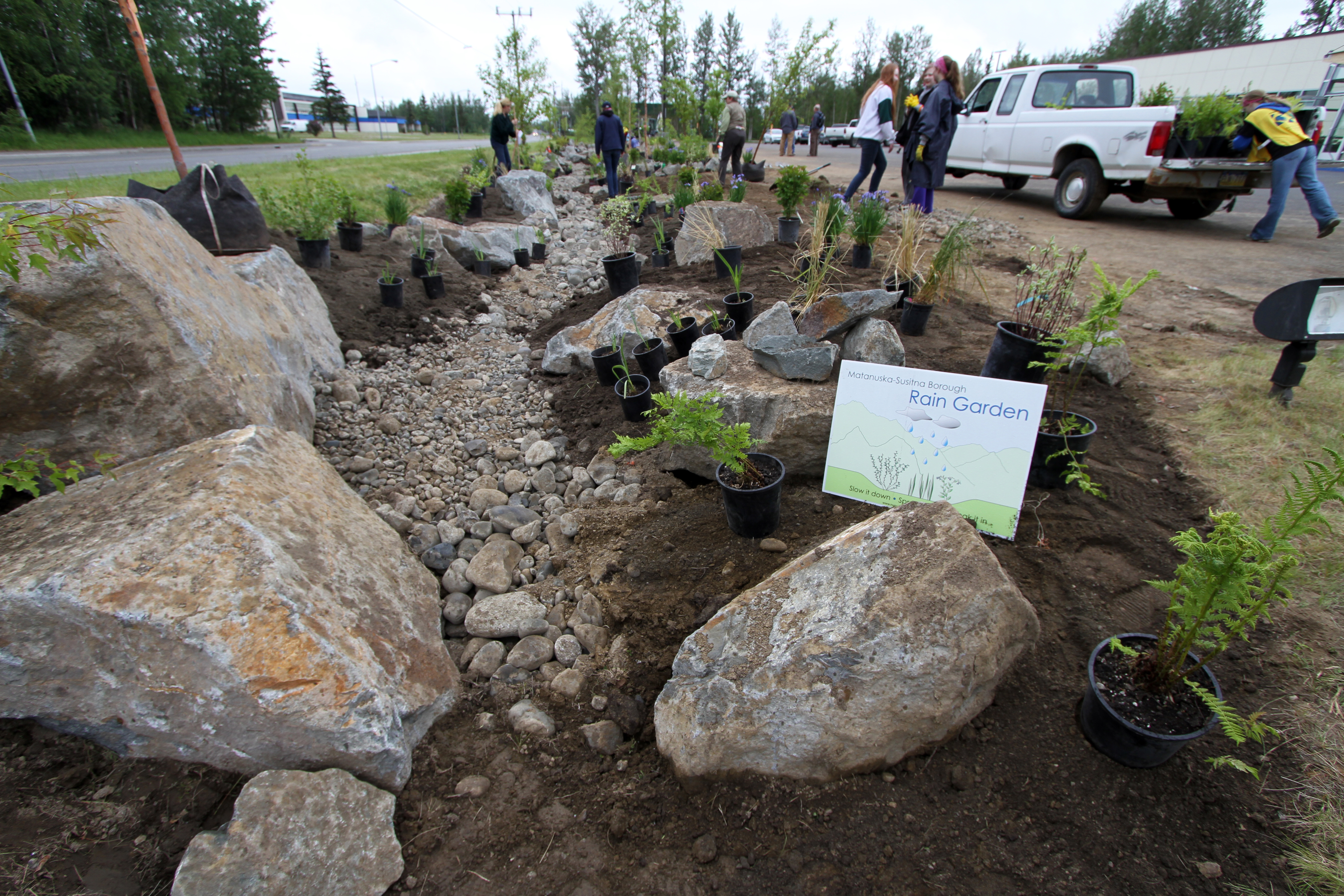Winners of the Green Country Low Impact Development (LID) Design Competition were announced April 3 at the Great Plains Low Impact Development Innovation Symposium. The goal of the competition was to increase familiarity with and demonstrate the benefits of LID as a land development approach and to create a continuing dialogue amongst public and private entities. The competition also included a student design competition aspect.
Expert and onsite judges contributed to participant’s scores, and the Water Environment Federation’s Stormwater Program and Policy Director Seth Brown participated. There were three categories of professional winners, and teams each took home a $10,000 check as well as pervious brick trophies donated by Xeripave, LLC.
Mixed-use development category
The winning team in the mixed-use development category included members from W Design, LLC; CH2M Hill; and LandPlan Consultants. The development plan, which the team named Green Acres, would include an additional 80,000 m2 (860,000 ft2) of open space and cost $300,000 less than a traditional design. The greenbelt concept of connected drainages and open space helps decrease costs by eliminating the need for stormwater inlets and underground infrastructure. The team was also able to reduce street widths, remove gutters along streets, and eliminate typical storm drain inlets and infrastructure. The design would also reduce pollutant loads by 88% and mimic predevelopment hydrology. Further the design allowed for wildlife habitat and increased property values within the development. In addition to the greenbelts, rain gardens, parks and trails are also woven seamlessly throughout the design. The designers wanted to use a limited number of LID techniques to simplify the learning curve for developers and builders and eliminate skepticism about expenses, city ordinances, and other challenges. See the team’s presentation.
Commercial green street category
The winning team in the commercial green street category included members from DRM Design Group; Sanders Engineering, Inc; and 1Architecture. The Pearl District’s 6th Street has the potential to be the greenest street in Tulsa. The Pearl, as the team’s project is called, envisions stormwater management that creates a vibrant, multi-modal, pedestrian-oriented street that enables the surrounding community to thrive. It incorporates key elements of education, environment, community, arts and economy. Each block would have a distinct character, including The Prairie, which features street trees and a canal representing the site’s predevelopment condition. The Open Range would feature an urban park, and The Grasslands would have a center median that includes rainwater harvesting storage and provides space for festivals and other activities. See the team’s presentation.
Urban residential development category
The winning team in the urban residential development category included members from Howell & VanCuren, Inc; Flanagan & Associates, LLC; American Institute of Architects; and Keithline Engineering. The urban redevelopment of the Barnard School Campus treats rainwater flowing into the impaired Crow Creek Drainage Basin. It combines LID technologies, including bioswales and a community garden rain silo, with cluster development that provides a unique design respecting the site’s rich history. Reducing lot sizes and the street layout created space for a meadow that would reduce stormwater by 30% compared to the undeveloped state and by 70% to 90% compared to traditional development. It would also provide open space for the community to host gatherings. The plan not only improves water quality but also would provide more than $100,000 dollars (25%) in direct savings compared to traditional development. With improved marketability, tax deduction, the potential for two bonus lots, and reduced construction costs, the developer could generate an additional net profit of $500,000 to $700,000. See the team’s presentation.




